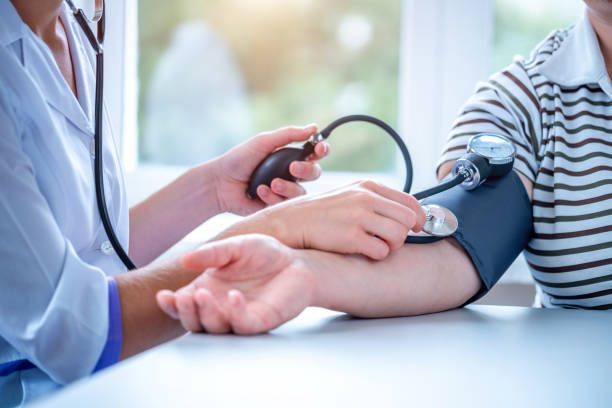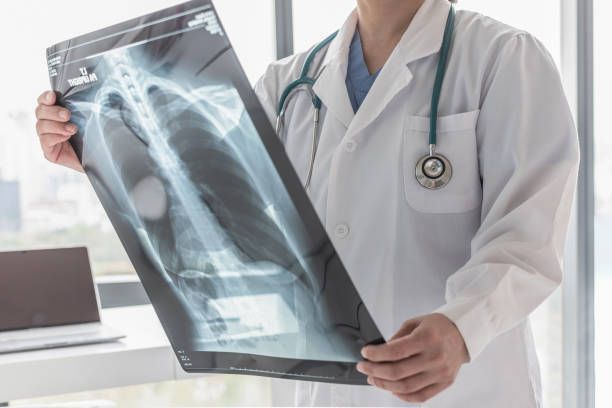Blood Pressure Screenings at Urgent Care: What They Reveal
Blood pressure measures how strongly your blood pushes against your artery walls as your heart pumps. Readings are given as two numbers, systolic (pressure during the heartbeat) over diastolic (pressure between beats).
According to the World Health Organization (WHO), high blood pressure (hypertension) is one of the leading causes of premature death worldwide. But during an urgent care visit, a blood pressure reading is used to help your provider quickly evaluate whether your symptoms—such as dizziness, headache, chest discomfort, or fatigue, might be related to blood pressure changes or another acute condition.
When Blood Pressure Screenings Happen at Urgent Care
Because urgent care is designed for immediate medical needs, not preventive checkups, your provider will only take your blood pressure when:
- You come in for an illness or injury, and the reading helps guide treatment
- You report symptoms such as dizziness, weakness, or blurred vision
- You’re taking medication that can affect blood pressure
- You have a known heart condition and are experiencing new or worsening symptoms
If your blood pressure is higher or lower than normal, the provider will discuss what that could mean in the context of your visit and may refer you to a primary care provider for further evaluation.
What Blood Pressure Screenings Can Reveal

Here’s what your urgent care provider might see when checking your blood pressure:
- Normal reading — Below 120/80 mm Hg. You may be dealing with something unrelated to blood pressure, such as dehydration or infection.
- Elevated or high reading — A single high number doesn’t automatically mean hypertension. Many factors, including pain, fever, or stress from illness, can cause a temporary increase. The Mayo Clinic explains that consistent readings over time are what determine high blood pressure—something urgent care does not monitor.
- Low blood pressure (hypotension) — A reading below 90/60 mm Hg can cause dizziness or fainting and may signal dehydration, infection, or medication side effects. Your provider will address these concerns immediately.
Urgent care teams use these results to determine next steps—such as fluid replacement, medication adjustment, or referral for follow-up testing.
Why Urgent Care Isn’t Preventive Care
It’s important to understand that urgent care does not provide preventive or routine health services like annual physicals, chronic disease management, or regular blood pressure monitoring.
If your urgent care visit reveals an abnormal reading, you’ll be referred to your primary care provider or a cardiology specialist for follow-up. That’s because confirming hypertension or managing long-term heart health requires ongoing, preventive care—something handled outside of urgent care.
For preventive guidelines, the U.S. Preventive Services Task Force (USPSTF) recommends adults get screened regularly in a primary care setting where follow-up can be arranged.
Emergency Care for Blood Pressure-Related Symptoms
Call 911 or go to the nearest emergency room immediately if you experience:
- Severe chest pain or pressure
- Difficulty breathing or shortness of breath at rest
- Confusion, trouble speaking, or sudden weakness/numbness (possible stroke symptoms)
- Blood pressure reading above 180/120 mm Hg
- Any other sudden, severe, or life-threatening symptoms

Final Thoughts
A blood pressure screening at urgent care is a vital tool for understanding what’s happening in the moment. At UrgiClinic, we focus on urgent medical care, helping you get answers fast when symptoms can’t wait, and connecting you with the right follow-up care if needed.
If you’re feeling dizzy, lightheaded, or unwell, don’t wait to see if it passes. Walk into your nearest UrgiClinic today for professional, immediate evaluation. For routine blood pressure monitoring or chronic condition management, contact your primary care provider.













